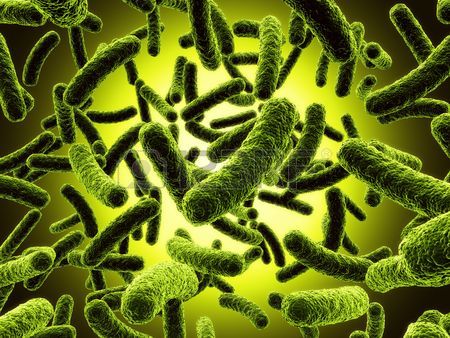Surging Labour Costs Pushing Prices Up
Global construction firm Mace has published its latest quarterly Market View with the first report of 2025 revising its tender price forecast up for the...
Read Full Article
Are you making a sandwich and a coffee to take to work? Do you have your own water bottle or smoothie cup? Did you know the number of bacteria you carry could be bigger on your lunch packs than on a toilet seat?
London rubbish removal company, Clear It Waste, sought to discover which popular kitchen items are the filthiest and found five unexpected kitchen items that are a breeding ground for bacteria.
Reusable water bottle
Reusable water bottles have been all the rage, with global searches increasing by 70% in the last month alone, yet they can be a breeding ground for harmful bacteria. A recent study found that the average reusable water bottle contains 40,000 times more bacteria than a toilet seat. Even more troubling, only a quarter of users washed their water bottles only a few times a week, with nearly one in five cleaning them only a few times a month.
Clear It Waste reports that bacteria such as E. coli, Klebsiella and moulds can accumulate in your eco-friendly water bottle, leading to gastro illnesses, urine infections or even pneumonia.
Make sure to clean your water bottle with warm water and washing up liquid after each use and soak overnight in a half vinegar, half water solution if needed.
Coffee Maker
Mould and yeast love to grow in your favourite Nespresso machines and this can be one of the dirtiest parts of your kitchen if not cleaned correctly. The water reservoirs and coffee pots can accumulate bacteria, as the organisms like to grow in moist and damp areas.
Clear It Waste says you should clean the appliance every 1-2 weeks and then every month to use a deep cleaner for the water reservoir – a water and vinegar based solution allowed to soak for about 15-30 minutes.
Chopping boards
Chopping boards are not only one of the biggest breeding grounds for bacteria, cross-contamination can also cause foodborne illnesses. Reports have found that chopping boards can also harbour 200 times more faecal bacteria than your toilet seat.
Bacteria such as E. coli (which can cause stomach pain), Salmonella (which can cause diarrhoea, fever and nausea) and Campylobacter (which can cause diarrhoea) can easily spread here from unwashed vegetables, raw meat and poultry.
To clean your chopping board efficiently, scrub with hot, soapy water, as well as using disinfectant for an extra layer of protection.
Salt and pepper
Your salt and pepper shakers, along with any spice jars, are also likely to harbour E. coli bacteria - yet it’s not something we often think of cleaning.
A study completed by the University of Virginia also found that out of 30 adults who were showing signs of a cold, every single salt and pepper shaker they’d touched the previous day tested positive for cold viruses, compared to just 41% of the surfaces tested.
So wash your hands before and after reaching for seasoning and give your salt and pepper shakers a wipe when wiping down tables and surfaces.
Knife Block
Have you ever cleaned out your knife block? Not only can residue moisture from your knives help mould grow if not sanitised, cleaned and dried correctly, residue microbes such as Salmonella, E. coli and yeast can also be hiding in those knife slots.
A study from America’s National Sanitation Foundation found knife blocks to be one of the most contaminated kitchen items.
Clear It Waste recommends making sure knives are completely dry before sliding back into the holders to prevent any excess moisture build up, whilst giving it a thorough clean once in a while with warm water and soap (not too much water) and sanitising the block with a a mild bleach solution.
Picture: Does your packed lunch carry more bacteria than a toilet seat?
Article written by Brian Shillibeer
01st February 2024